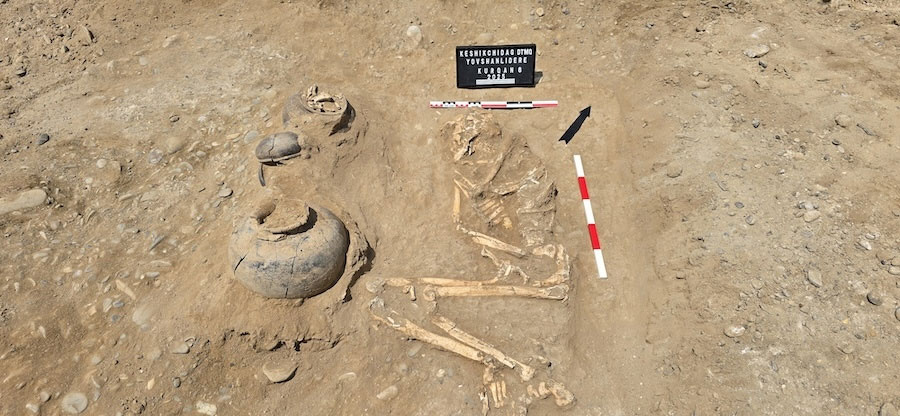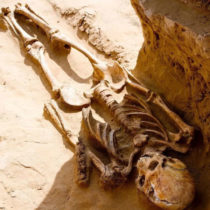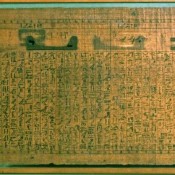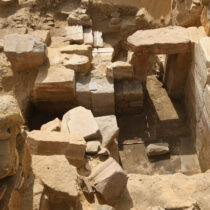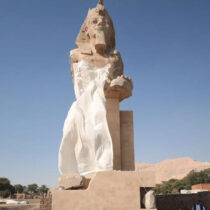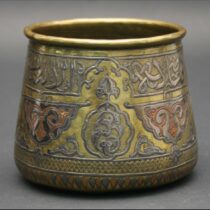A remarkable archaeological discovery has surfaced from the windswept plains of Ceyranchol in western Azerbaijan: a 3,800-year-old burial mound—known as a kurgan—from the Middle Bronze Age has been excavated. Believed to be the final resting place of a towering warrior, this site was uncovered during the “Scientific-Archaeological Excavations and Summer School-5 at Keshikchidagh” project.
This discovery is part of an ongoing collaboration between Azerbaijan’s Ministry of Culture and the Institute of Archaeology and Anthropology under the Azerbaijan National Academy of Sciences (ANAS). Now in its fifth year, this initiative serves as one of Azerbaijan’s most important archaeological summer programs, attracting close to 2,000 participants and yielding discoveries that deepen our understanding of early civilization in the region.
What is a kurgan?
Kurgans are ancient burial mounds built by nomadic cultures such as the Scythians and early Turkic tribes. More than just graves, they were ceremonial structures reflecting beliefs in the afterlife, spiritual practices, and hierarchical social systems. These mounds typically contain not only the remains of warriors or elites but also weapons, pottery, animal remains, and symbolic items.
The Yovşanlıdere Kurgans: A new chapter in Bronze Age research
The recently unearthed kurgan lies in the Yovşanlıdere area of the Ceyranchol plain, which is quickly gaining attention for its rich concentration of Middle Bronze Age burial mounds. Led by Dr. Shamil Najafov of ANAS, the excavation revealed a massive kurgan measuring 28 meters in diameter and 2 meters high.
At its center was a chamber tomb, 6 meters long, 2 meters wide, and 3 meters deep. The tomb was divided into three sections: one holding the human remains and weapons, another for ceramic vessels, and a third left intentionally empty—possibly signifying spiritual beliefs related to the afterlife.
The warrior’s resting place
The burial belonged to a man over 2 meters tall, placed in a semi-flexed posture. In his hand lay a rare, four-pronged bronze spearhead—an exceptional find not only in Azerbaijan but across the South Caucasus.
Other items in the grave included: Bronze ankle ornaments; obsidian tools; beads made of paste; twelve ceramic jugs adorned with white inlays and fine designs; cooked bones of goats, horses, cows, and boars—likely ritual offerings.
Fourteen large limestone slabs, each weighing about a ton, were positioned above the tomb. In addition, archaeologists found a stone idol shaped like a bull and a circular limestone seal, hinting at early religious symbolism and perhaps even forms of early property or administrative marking.
From dig to data: scientific significance
Every artifact was meticulously documented and restored at the excavation site. The term “Keshikchidagh Kurgans” is now entering the academic lexicon, marking this find as a pivotal moment for Azerbaijani archaeology.
Associate Professor Farhad Guliyev, director of the Institute of Archaeology and Anthropology, highlighted the site’s scientific importance during a recent visit. Plans are in place for further advanced studies, including: Carbon-14 dating, isotope studies, metallography, mineralogical composition tests.
A monograph containing detailed interpretations, photographs, and drawings is also being prepared for publication.
Where education meets heritage
This excavation also serves as an educational model. Participants included students and faculty from Baku State University, ADA University, regional institutions, museum professionals, and history educators. The project is recognized for blending academic research with heritage conservation and community involvement.
Far more than an ancient grave, the 3,800-year-old warrior’s kurgan at Keshikchidagh offers a window into the military tools, societal structure, and spiritual beliefs of the Middle Bronze Age South Caucasus. As more findings emerge, Azerbaijan’s central role in Eurasian archaeological studies is being firmly established.
